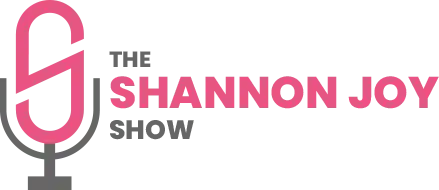When Literature Becomes a Tool: How Classrooms Use Books
Classroom curricula see literature as a means rather than as an end in itself. That line captures a common tension: schools often treat books as vehicles for other skills. Teachers are pushed to extract utility from stories.
Standards and benchmarks steer what gets taught and how. Curriculum writers focus on measurable outcomes like critical thinking, vocabulary growth, and evidence-based writing. That makes literature handy for checking boxes.
High-stakes testing amplifies the problem. Assessments reward close reading and text-based answers more than wonder or aesthetic response. As a result, passages become practice drills instead of invitations to linger.
Text selection reflects utility too. Classics and contemporaries alike are chosen for their ability to illustrate themes tied to other subjects. Literature gets folded into history, civics, and character education.
The practical angle has benefits. Students develop analytical tools they will use across subjects and careers. Learning to cite evidence and compare perspectives is valuable and transferable.
But treating books as tools narrows what reading can be. The emotional, imaginative, and sensory experiences that make literature distinct are easy to lose. When a novel’s value comes down to a single essay prompt, something essential slips away.
Teachers feel the squeeze between coverage and depth. Pacing guides demand you finish a unit by a certain week, and that timetable shapes classroom choices. In many cases, depth of appreciation loses out to breadth of topics covered.
Resources and training matter. Educators with time and smaller classes can fold in independent reading, creative response, and discussion that honors books for their own sake. Where resources are scarce, literature is more likely to be reduced to skill practice.
The digital era complicates and enriches this picture. Online texts, podcasts, and multimedia let literature reach students in fresh ways. At the same time, bite-sized media encourage skimming over immersive reading.
There are simple classroom moves that push back against the purely instrumental view. Silent reading time, free-response journals, and student-led discussions give space for personal connection. These practices do not reject skill-building; they pair it with genuine engagement.
Administrators and curriculum designers set the tone. When frameworks explicitly value aesthetic response and historical context alongside skill outcomes, teachers get permission to teach books as books. That shift happens through policy choices and everyday classroom priorities.
Ultimately, literature resists being only a tool because stories ask for full attention. Students who taste that attention tend to take reading with them beyond school walls. That lingering effect keeps literature from being just another means to an end.

